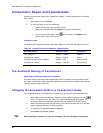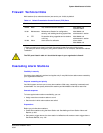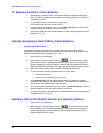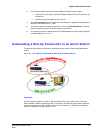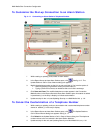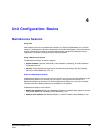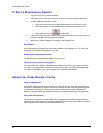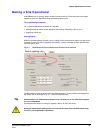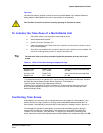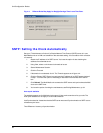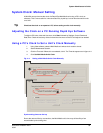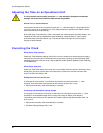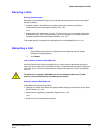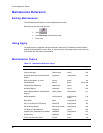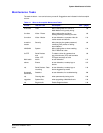
Unit Configuration: Basics
56
Security considerations
A Multi-Media unit is “working” within minutes of being turned on, however there are crucial steps
to make your Rapid Eye site a useful security tool:
• Set the time zone and time. See
Unit’s Time Zone and Clock, on p. 56. Incorrect time stamps
can make the identification of video impossible.
• Check the camera configuration. See
Cameras, on p. 65. Cameras are detected automatically;
you need to specify drivers for cameras that pan, tilt or zoom (PTZ).
• Test the alarms. For events set to trigger alarms, test if these events give you the anticipated
results. See
Events Defined, on p. 187.
• Honeywell recommends using a system password. Without a system password, your Rapid Eye
sites can be accessed by Admin users in other organizations. To avoid this situation, see
Securing a Site, below.
Scheduling options
By default, video is recorded all the time and alarms can be triggered at any time. You have the
option of having cameras and alarms disabled on days and at times of your choice. To do so, see:
Scheduling: Configuration, p. 105.
Unit’s Time Zone and Clock
Crucial settings for reporting on video of events
Setting the Time Zone and System Clock on Multi-Media units is crucial to the correct identification
of video. These settings also govern the scheduled recording and scheduled alarm features.
Please set them with care.
Fig. 4–2. Unit Time Using SNTP as a Reference.



